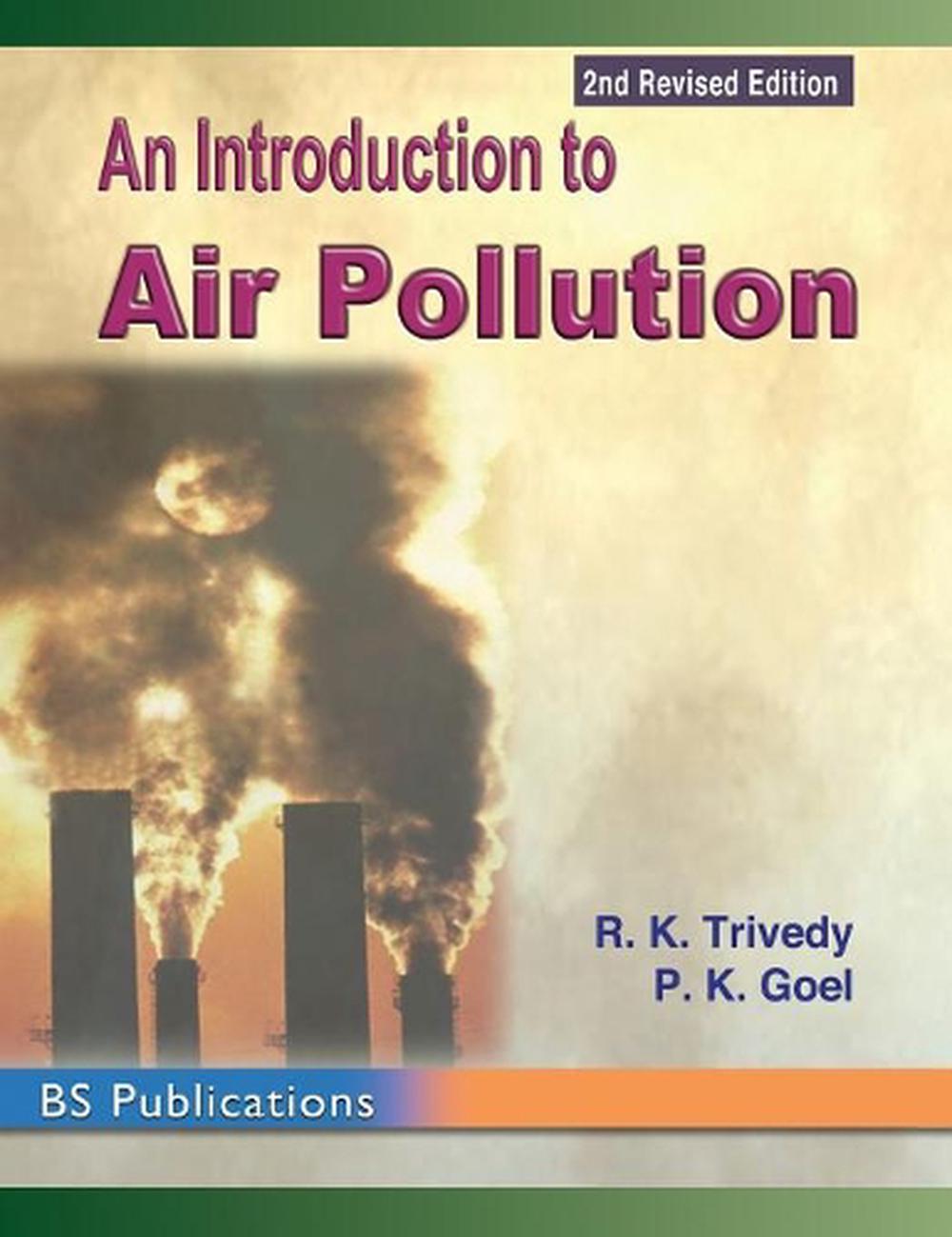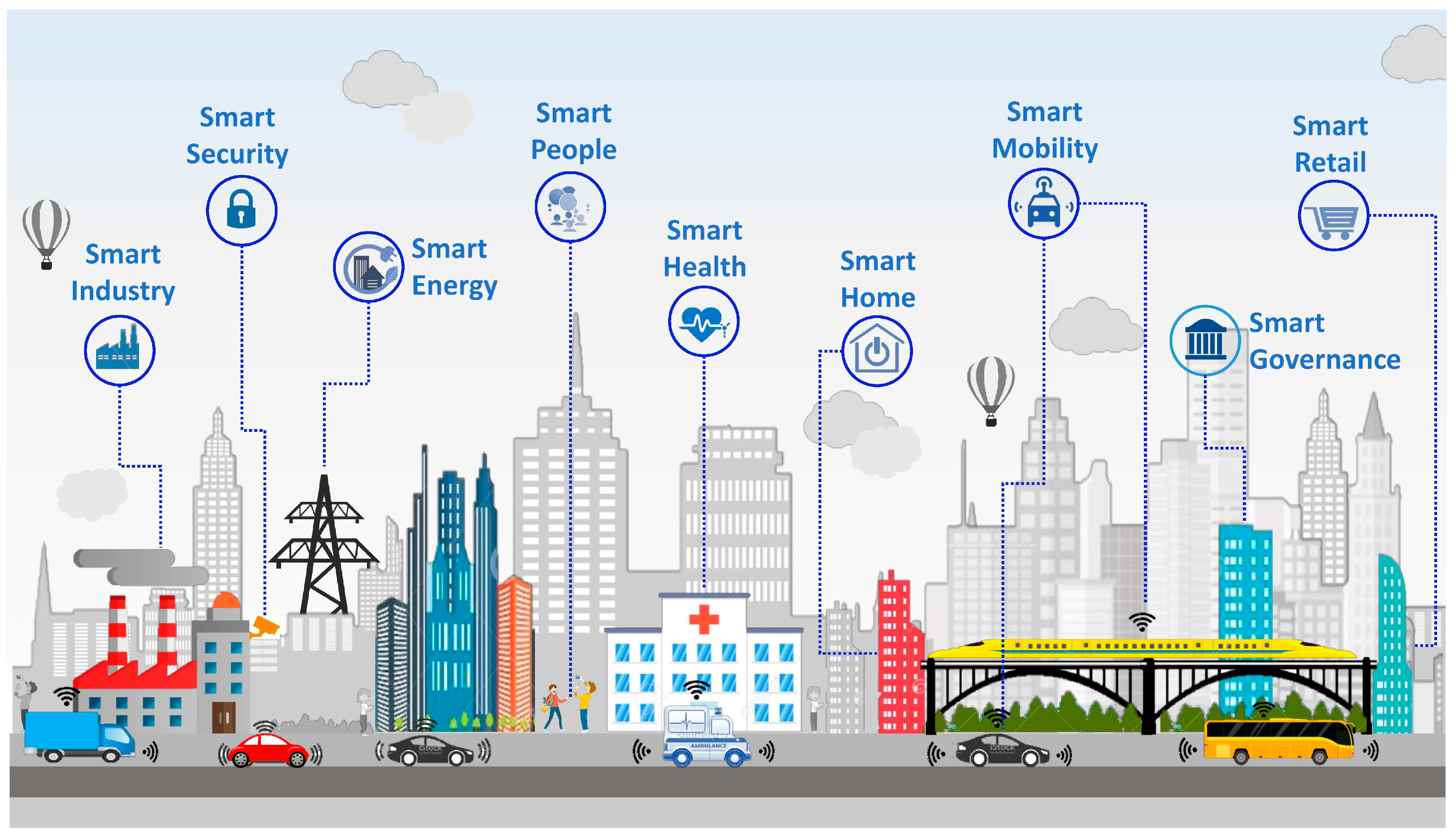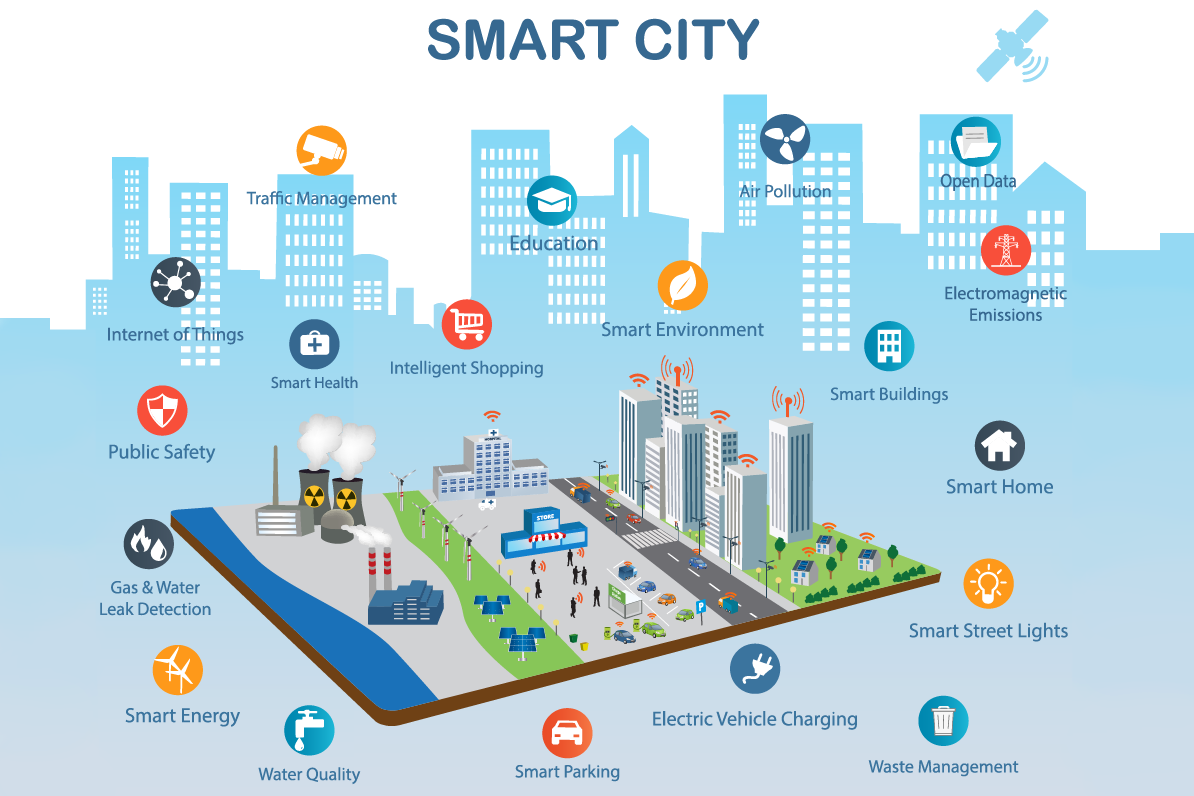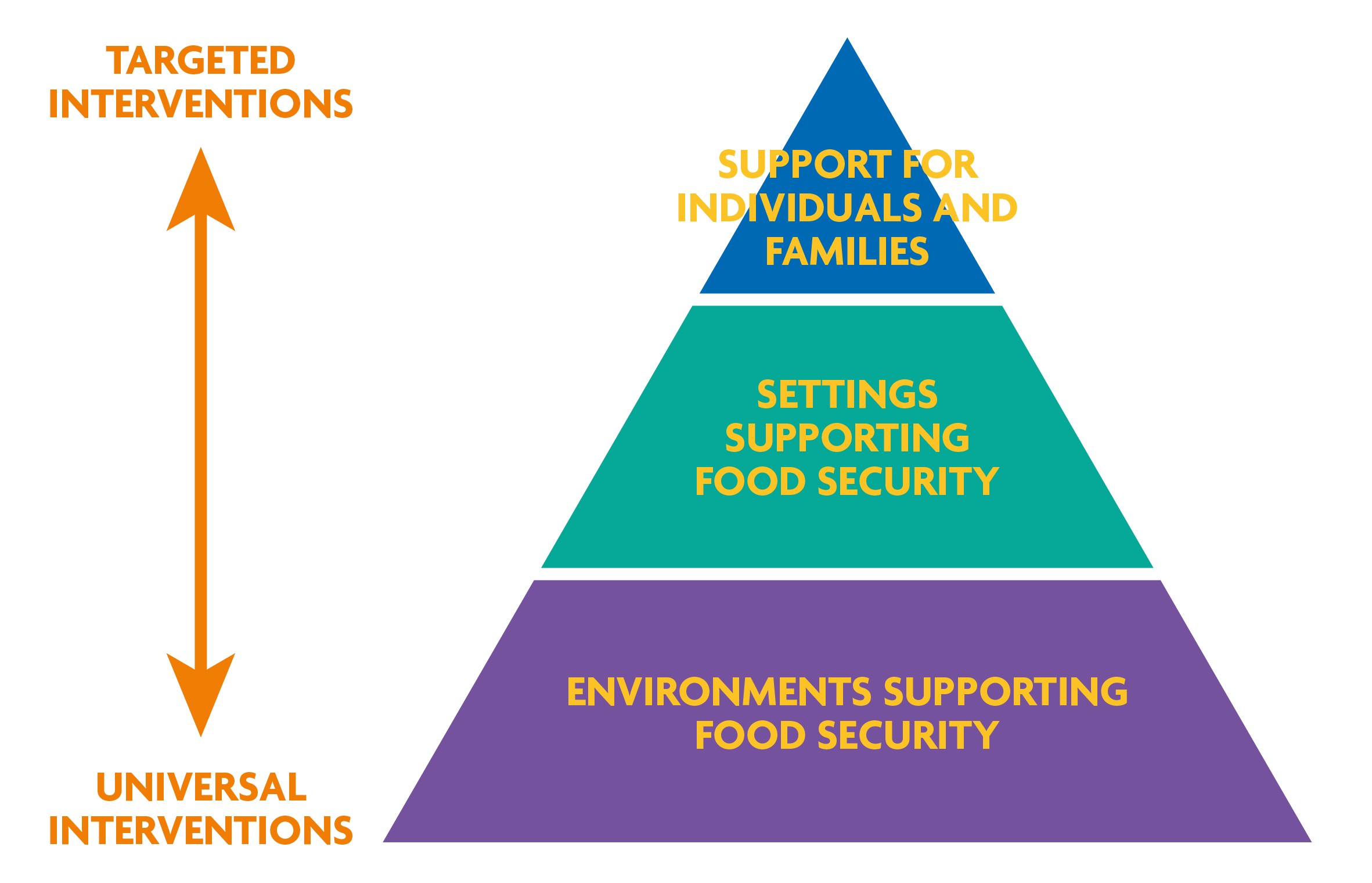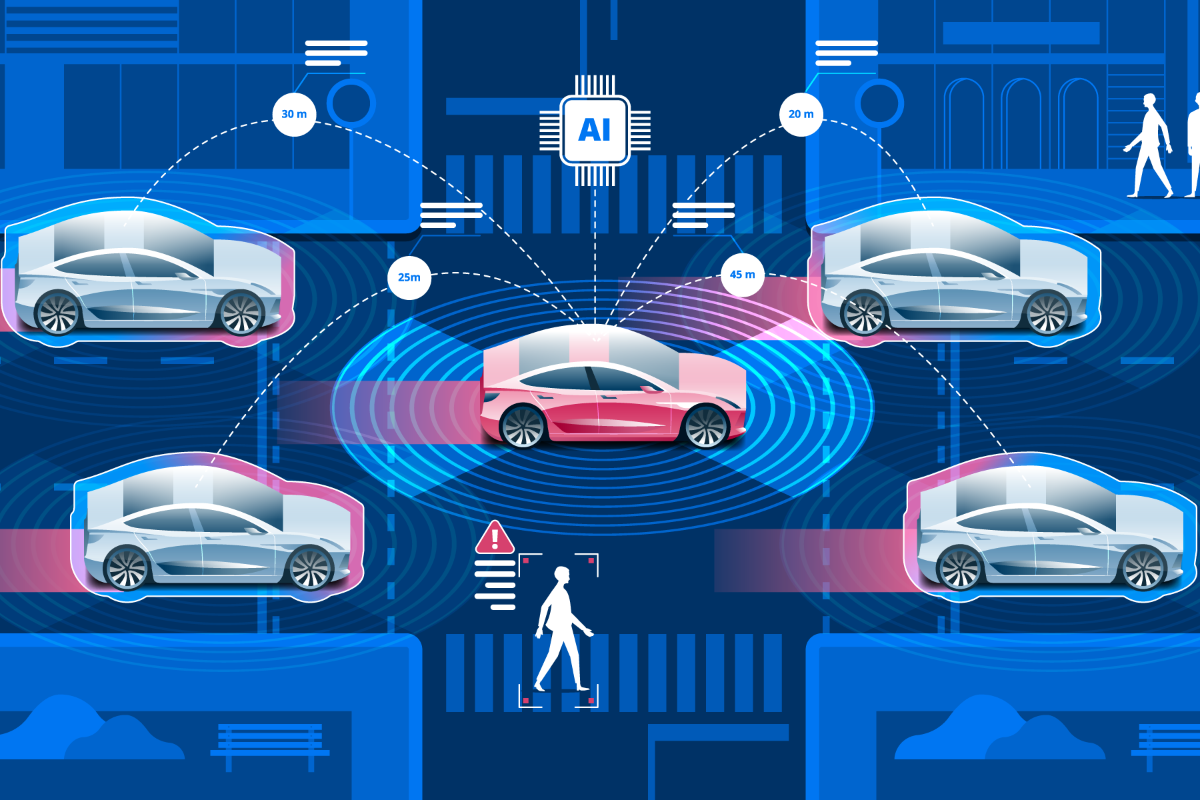PREDICTING AIR POLLUTANT CONCENTRATION IN SMART CITY Presentation
| Introduction | ||
|---|---|---|
| Air pollution is a significant concern in smart cities. Predicting air pollutant concentration is crucial for effective management. Advanced technologies can help in forecasting and mitigating air pollution. | ||
| 1 | ||
| Importance of Predicting Air Pollutant Concentration | ||
|---|---|---|
| Accurate predictions enable proactive measures to reduce health risks. Enables efficient resource allocation for pollution management. Facilitates the development of early warning systems for vulnerable populations. | ||
| 2 | ||
| Data Collection and Monitoring | ||
|---|---|---|
| Smart cities utilize a network of sensors to collect real-time air quality data. IoT devices and satellite imagery provide comprehensive coverage. Data collected includes pollutant levels, weather conditions, traffic patterns, and emission sources. | ||
| 3 | ||
| Machine Learning and AI Algorithms | ||
|---|---|---|
| Machine learning algorithms analyze vast amounts of data for prediction models. AI techniques improve accuracy by incorporating complex relationships. Models can be trained to predict pollutant concentration based on various factors. | ||
| 4 | ||
| Integration with Smart City Infrastructure | ||
|---|---|---|
| Predicted pollutant concentration data can be integrated into urban planning systems. Allows for dynamic traffic management to reduce emissions in congested areas. Buildings can adjust ventilation systems based on predicted air quality. | ||
| 5 | ||
| Citizen Participation and Awareness | ||
|---|---|---|
| Smart city platforms can provide citizens with real-time pollution information. Enables individuals to make informed decisions about outdoor activities. Promotes awareness and encourages sustainable behavior. | ||
| 6 | ||
| Policy and Governance | ||
|---|---|---|
| Predictive models can assist policymakers in implementing effective regulations. Enables targeted interventions in areas with high predicted pollution levels. Facilitates evidence-based decision-making for pollution control policies. | ||
| 7 | ||
| Challenges and Limitations | ||
|---|---|---|
| Accuracy of predictions depends on the availability and quality of data. Complexities in modeling various sources and their interactions. Continuous monitoring and calibration are necessary for reliable predictions. | ||
| 8 | ||
| Future Directions | ||
|---|---|---|
| Integration of predictive models with autonomous vehicles for emission control. Use of advanced satellite technology for more precise monitoring. Collaboration among cities to share data and improve predictive capabilities. | ||
| 9 | ||
| Conclusion | ||
|---|---|---|
| Predicting air pollutant concentration in smart cities is crucial for effective pollution management. Advanced technologies, machine learning, and citizen participation can contribute to accurate predictions. Continuous research and development are essential for improving predictive capabilities. | ||
| 10 | ||
| References (download PPTX file for details) | ||
|---|---|---|
| Zhang, K., & Cui, J. (2019). Predicting air p... Li, X., & Wang, J. (2020). Air quality predic... Gholami, A., et al. (2020). A review of machi... |  | |
| 11 | ||
